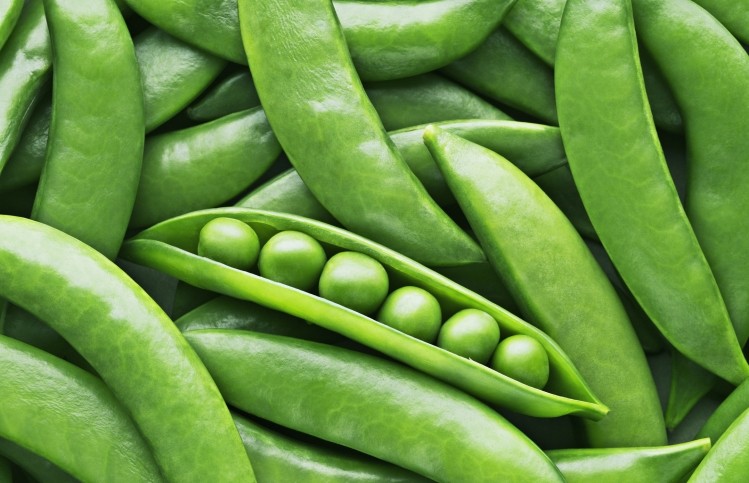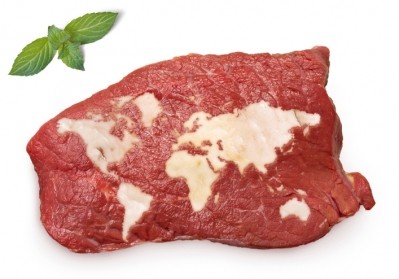Prepare for the split in plant-based demand

“We see the plant-based arena going in two directions,” said Amirah Ashouri, a director at Cubo Innovation, which specializes in advising food and beverage companies about innovation and NPD. “One - the products that mimic meat trying to match the texture and flavour and umami notes [of meat], and trying to grab in the flexitarians and the people that are a bit more resistant in giving up meat.” The other route will be ‘making veg the hero’ and “really pushing the credentials of certain ingredients that people know, like pulses.”
She added: “I think there will be two sets of consumers: one that wants something that just tastes like meat and reminds them of meat and who don’t want to change their repertoire – and ones who are truly more health conscious making real decision about the type of vegetables they are eating and the variety. They will also be interested in things like gut heath: there will be other factors as to why they are choosing plant protein.”
Ashouri cited UK brand Heck as a good example of this trend. “They have a range of meat products but alongside it they’ve really ‘heroed’ veg.” Meanwhile, those products that are mimicking meat, such as vegan burgers and meatballs “might possibly end up in the treat territory, rather than something you’d have every day.”
Should the industry fear a backlash over health and sustainability credentials?
One reason for the divergence is the pressure the industry is under over the health and sustainability credentials of plant-based proteins.
Many consumers associate the plant-based space with a quick route to health and the best way to fight climate change. “But obviously a lot of these products that are mimicking meat aren’t necessarily healthy,” noted Ashouri. “They have lots of other ingredients in them and are high in fat and salt. They also may not be as nutritionally balanced as the meats they are trying to replace.” All this, she suggests, ‘just seems so against the clean labels’ also being demanded by shoppers.
According to Mark Driscoll, Founder and Director of Tasting the Future, a not for profit sustainable food systems consultancy, plant-based products are generally more sustainable than animal-based ones when you take into account factors such as biodiversity, carbon emissions and soil health. However, he believes ‘not all plants are equal’. “I think if you are a product developer or manufacturer focusing on the plant-based space you’re going to see much more attention on both the health and sustainability of the ingredients that you source over the coming years.”
The classic example here is the sustainability of milk-alternatives. Many almonds are grown in California, which is suffering from a devastating drought. Meanwhile, it takes one gallon of water to produce one single almond nut. “Is it right to be importing almond milk when it contributes to significant environmental impacts in California where other perhaps less harmful forms of plant-based milk like oats could play a significant role?” he asks. Businesses in the plant-based arena are going to be expected to look through lifecycle analysis and be really open and transparent, he suggests, adding: “With growing citizen activism, there’s going to be increasing scrutiny by customers on health and sustainability credentials.”
What new plant-based protein ingredients can the industry be tapping into?
Driscoll believes there are some interesting natural ingredients that composite food products, particularly catering to the more veg and vegan market, can leverage without being full of saturated fats, sugars and salts.
These include pea-based proteins, seaweed and algea, the last of which is packed with fatty acids, with an umami flavour making it a potentially useful meat replacement. “There is a lot more work to be done to support plant protein innovation and production of those ingredients in the UK and Europe,” he stated.
He’s particularly excited about so-called ancient grains and cereals or forgotten or orphan crops. “If you look at global food supply, 60% or our calories come from about 12 plant species. Just three of those: rice; maize and wheat contribute the greatest proportion of our calories and yet there are 70,000 edible plants of some shape of form across the globe.”
Ancient grains like millet are more suited to climatic conditions in Europe, are highly nutritious, full of micronutrients and can store carbon into the soil, he believes.
“These kinds of ancient grains have been ignored by the research and development community for decades. But now I think many food manufacturers are starting to pay more attention to those kind of ingredients that can benefit both from a health and a sustainability perspective because some of these composite food products and blended burgers do have questionable health claims.”
Health qualities vs taste and texture
A massive challenge for the industry, however, is that upcoming alternative proteins like these -- seen as potentially more sustainable alternatives to soy, for example -- don’t have a long track record in food development, so how they react in food applications is a grey area.
“It is quite difficult to take a plant protein and to turn it into something with a really good texture and taste while overcoming some of the problems that are intrinsic with working with plant proteins,” pointed out Dr Robert Harwood, Managing Director at CPL Business Consultants, which specialises in ingredients for food, agriculture and related sectors.
One area where the industry needs solutions concerns emulsification properties and egg replacements, he believes. “If more plant proteins can come online which can help deal with those aspects in terms of functionality that will be very useful because at the moment dealing with texture in plant-based foods is quite difficult and you often have to employ a hydrochloride which carries an E number and takes away from the healthy marketing concept of the product you’re trying to make.
“One protein I’m interested to see develop is canola protein, especially the isolates, which have some interesting functional properties such as emulsification, foaming and gelling abilities. It’s also got a high amino acid content so is quite healthy.”



























